NEWS
Lift Rod difference between cylinder and electric actuator
Time:2021-09-23 View:
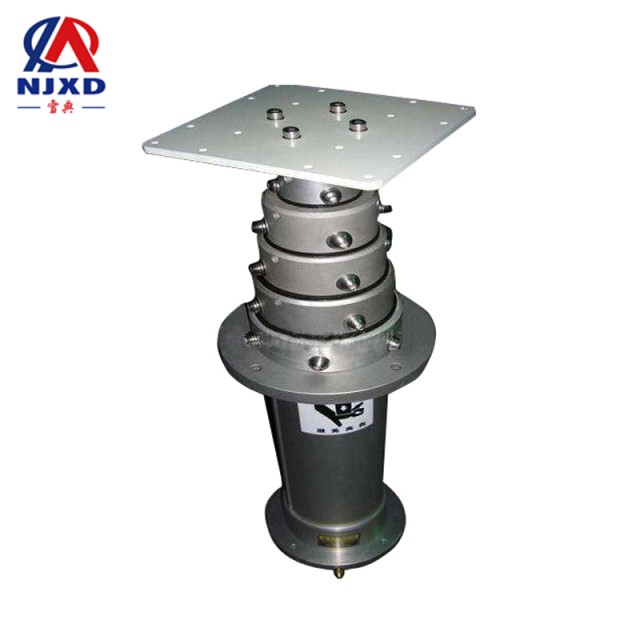
From the perspective of traditional concepts, cylinder and electric actuator have always been considered as automation products belonging to two completely different fields. However, in recent years, with the continuous improvement of electrification, electric actuator has gradually been immersed in pneumatic field, both compete and complement each other in the application. In this column, we will compare the respective advantages of cylinder and electric actuator from the aspects of technical performance, purchase and application cost, energy efficiency, application occasions and market situation. It can be used in telescopic mast.
Technical Performance
As we all know, compared with the electric actuator, the cylinder can work reliably under harsh conditions, and the operation is simple, which can basically realize maintenance-free. Cylinder is good at making reciprocating rectilinear movement, especially suitable for the most conveying requirement in industrial automation-the straight line handling of workpieces. Moreover, only adjusting the one-way restrictive valve installed on both sides of the cylinder can simply realize stable speed control, which has become the biggest feature and advantage of the cylinder drive system. Therefore, for users without multi-point positioning requirements, most of them prefer to use cylinders from the perspective of convenience of use. At present, most of the applications using electric actuators in industrial sites require high-precision multi-point positioning, which is because it is difficult to achieve with cylinders, and the result is the second.
The electric actuator is mainly used for rotating and swinging working conditions. Its advantage is that the response time is fast, and the speed, position and torque are accurately controlled through the feedback system. However, when the linear motion needs to be completed, the transmission transformation needs to be carried out through mechanical devices such as cog-belt or screw rod, so the structure is relatively complex, moreover, it has high requirements on the professional knowledge of working environment and operation and maintenance personnel.
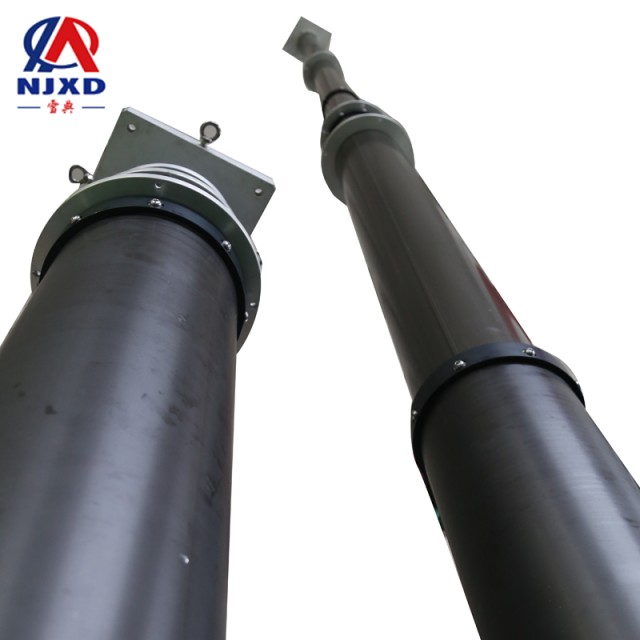
Advantages
(1) low requirements for users. The principle and structure of the cylinder are simple, easy to install and maintain, and the requirements for users are not high. Electric cylinder is different, engineering personnel must have certain electrical knowledge, otherwise it is very likely that it will be damaged due to misoperation.
(2) large output force. The output force of the cylinder is proportional to the square of the cylinder diameter; While the output force of electric cylinder is related to three factors: cylinder diameter, motor power and screw pitch, the larger the cylinder diameter and power, the smaller the pitch, the greater the output force. The theoretical output force of a cylinder with a cylinder diameter of 50mm can reach 2000N. For electric cylinder of the same cylinder diameter, although the products of different companies are different, they basically do not exceed 1000N. Obviously, the cylinder has more advantages in terms of output force.
(3) strong adaptability. The cylinder can work normally in high-temperature and low-temperature environments and has dustproof and waterproof capabilities, which can adapt to various harsh environments. However, due to the large number of electrical components, electric cylinder has high requirements on the environment and poor adaptability.
The advantages of electric cylinder are mainly reflected in the following three aspects:
(1) the system structure is very simple. Because the motor is usually integrated with the cylinder, plus the controller and Cable, the whole system of electric cylinder is composed of these three parts, simple and compact.
(2) the number of stops is large and the control precision is high. Generally, electric cylinder is divided into low-end and high-end products, and the stop positions of low-end products are 3, 5, 16, 64, etc., which vary according to different companies; high-end products can reach hundreds or even thousands of positions. In terms of accuracy, electric cylinder also has absolute advantages, and the positioning accuracy can reach? 0.05mm, so it is often used in precision industries such as electronics and semiconductors.
(3) strong flexibility. There is no doubt that the flexibility of electric cylinder is much stronger than that of the cylinder. Since the controller can be directly connected with PLC, it can accurately control the rotating speed, positioning and forward and reverse rotation of the motor. To a certain extent, electric cylinder can move at will as needed; due to the compressibility of gas and the inertia generated during motion, even if the cooperation between reversing valve and magnetic switch is good, the accurate positioning of the cylinder cannot be achieved, and the flexibility is impossible.
In terms of technical performance, I think electric and pneumatic have their own advantages. Firstly, the advantages of electric actuator mainly include:
(1) compact structure and compact size. Compared with pneumatic actuators, the structure of electric actuators is relatively simple. A basic electronic system includes actuators, three-position DPDT switches, fuses and some wires, which are easy to assemble.
(2) the driving source of electric actuator is very flexible, generally Power Supply (car) can meet the needs, while pneumatic actuator needs air source and compression driving device.
(3) the electric actuator has no danger of "air leakage" and has high reliability, while the compressibility of air makes the stability of pneumatic actuator slightly worse.
(4) There is no need to install and maintain various pneumatic pipelines.
(5) the load can be maintained without power, while the pneumatic actuator needs continuous pressure supply.
(6) since no additional pressure unit is needed, the electric actuator is more quiet. Generally, if the pneumatic actuator is under heavy load, a silencer should be installed.
(7) electric actuator is better in Control Precision.
(8) in pneumatic devices, electrical signals usually need to be converted into gas signals, and then converted into electrical signals. The transmission speed is slow, which is not suitable for complex circuits with too many component series.
The advantages of the cylinder lie in the following four aspects:
(1) large load can adapt to the application of high torque output (however, the current electric actuator has gradually reached the current airload level).
(2) quick action and quick response.
(3) the working environment has good adaptability, especially in the harsh working environment such as inflammable, explosive, dusty, strong magnetic, radiation and vibration, which is superior to hydraulic, electronic and electrical control.
(4) the motor is easily damaged when the stroke is blocked or the valve stem is stuck.
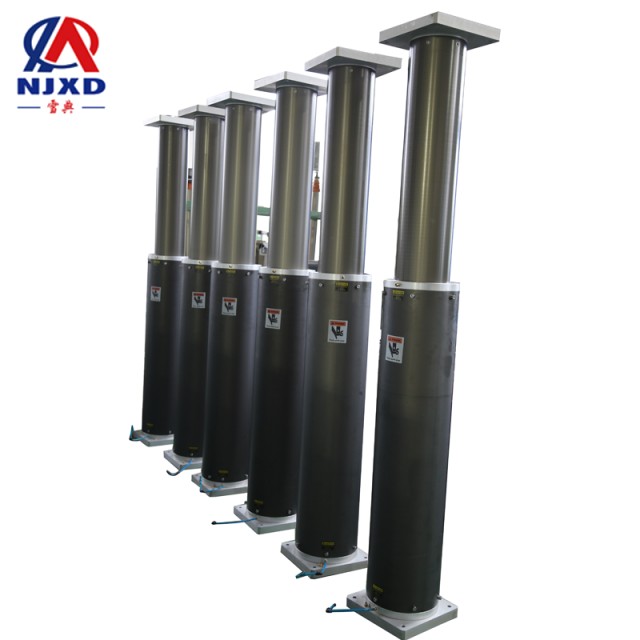
Comparison of purchase and application costs
Generally speaking, electric servo drive is more expensive than pneumatic servo drive, but it also depends on specific requirements and occasions. Some small-power DC Motors constitute electric sliding table (electric servo-system), which is actually cheaper than pneumatic servo-system.
For example, when the load is 1.5kg, the working stroke is 80mm, the speed is between 2 and 170 mm/s, the precision is 0.1mm, the acceleration is 2.5m/s2 and other working conditions, FESTO company adopts electric sliding table composed of small servo-system, controller, motor cable, control cable, programming cable and power cable, which is 25% cheaper than pneumatic servo-system. The same is true for electric cylinder with piston rod. It should be noted that if AC motor is used, the price of the electric servo-system is about 40% higher than that of the pneumatic servo-system.
Judging from the purchase and application costs, the cylinder still has obvious advantages at present. For the pneumatic system, the control system and the actuator are very simple. Each cylinder only needs to be equipped with a solenoid valve to complete the switching of the gas circuit and conduct motion control. The probability of cylinder failure is also relatively small, easy maintenance and low cost.
For electric actuators, although the acquisition of electric energy is relatively simple and the energy cost is relatively low, the purchase and application costs are relatively high, which not only requires the configuration of motors, A set of mechanical transmission mechanism and corresponding driving elements are also needed. At the same time, the use of electric actuators requires many protective measures. Incorrect circuit connection, voltage fluctuation and overload of load will cause damage to the electric drivers. Therefore, it is necessary to install protection systems on circuits and machinery, A lot of extra expenses have been added. In addition, the electric actuator drive unit has many parametric settings and high integration, so once it fails, it is necessary to replace the entire component. Moreover, when the driving force required by the system increases, it can only be realized by replacing components in complete sets. Therefore, comprehensive comparison shows that the cylinder has great advantages in purchase and maintenance costs.

Energy efficiency comparison
Our research results show that in the horizontal reciprocating motion with shorter reciprocating cycle of motion (less than 1min), the operating energy consumption of electric actuators is usually lower than that of cylinders, that is, more energy-saving. However, when the reciprocating cycle of motion is longer (more than 1min), the cylinder unexpectedly becomes more energy-saving. This is first because the controller of the electric actuator usually consumes about 10W of power when the terminal stops, while the cylinder only consumes electricity and leaks gas from the solenoid valve, which is generally lower than 1W, that is, the longer the terminal stops, the better the cylinder is; Secondly, the rated efficiency of the motor can reach more than 90% under the condition of continuous rotation, but in linear reciprocating motion (screw conversion) the average efficiency under the condition of acceleration, deceleration and rotation in is less than 50%. In vertical reciprocating motion, the holding action of clamping the workpiece requires constant supply of current to the electric actuator to overcome gravity, while the cylinder only needs to close the solenoid valve, which consumes very little electricity. Therefore, the energy consumption advantage of electric actuator compared with cylinder in vertical reciprocating motion is not very large.
It can be seen from the above that the efficiency of the motor itself is very high, but considering the decrease of its efficiency and the power consumption of the controller in reciprocating rectilinear movement, the electric actuator may not necessarily save energy than the cylinder, and the specific comparison depends on the actual working conditions, that is, installation direction, reciprocating cycle of motion, load rate, etc.
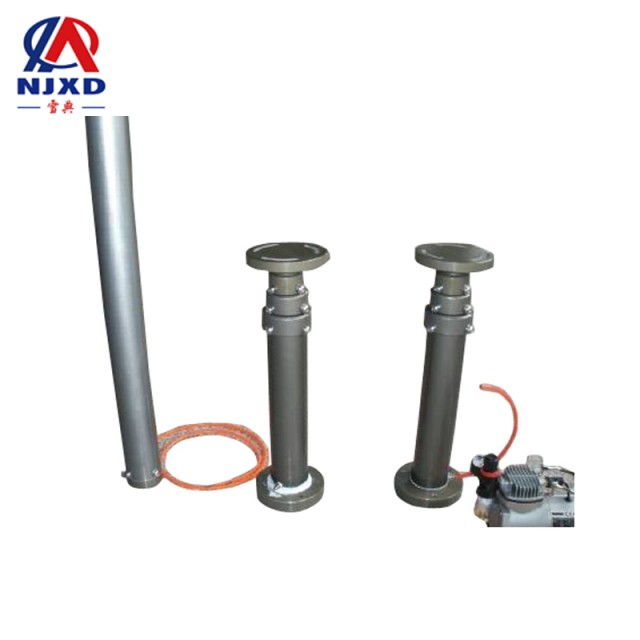
Application comparison
Pneumatic system and electric system are not mutually exclusive. On the contrary, this is only a question that requires different requirements. The advantages of pneumatic drive are obvious. When faced with harsh environmental conditions such as dust, grease, water or detergent, pneumatic drive is more suitable for harsh environment and is very strong and durable. Pneumatic Drive is easy to install, can provide typical grasping function, cheap and easy to operate.
When the force increases rapidly and precise positioning is required, the electric drive with servo motor has advantages. For applications requiring accurate, synchronous operation, adjustable and specified positioning programming, electric driver is the best choice, the electric drive system composed of servo or stepping motor with closed-loop positioning controller can supplement the shortcomings of pneumatic system.
From the perspective of technology and use cost, cylinder has obvious advantages, but in actual use, which technology should be selected for driving control, or should be comprehensively considered from various factors. In modern control, various systems are becoming more and more complex and refined. It is not a certain driving control technology that can meet various control functions of the system. The cylinder can simply realize fast linear circulation motion, with simple structure and convenient maintenance. At the same time, it can be used in various harsh working environments, such as explosion-proof requirements, dusty or humid working conditions.
Electric actuators are mainly used in applications requiring precise control. Now the flexibility requirements in automation equipment are constantly improving. The same equipment often requires to adapt to the processing needs of workpieces of different sizes. Actuators need to carry out multi-point positioning control, moreover, it is necessary to accurately control or synchronously track the running speed and torque of the actuator, which cannot be realized by using traditional pneumatic control, while the electric actuator can easily realize such control. Thus, the cylinder is more suitable for simple motion control, while the electric actuator is mostly used for precision motion control occasions.
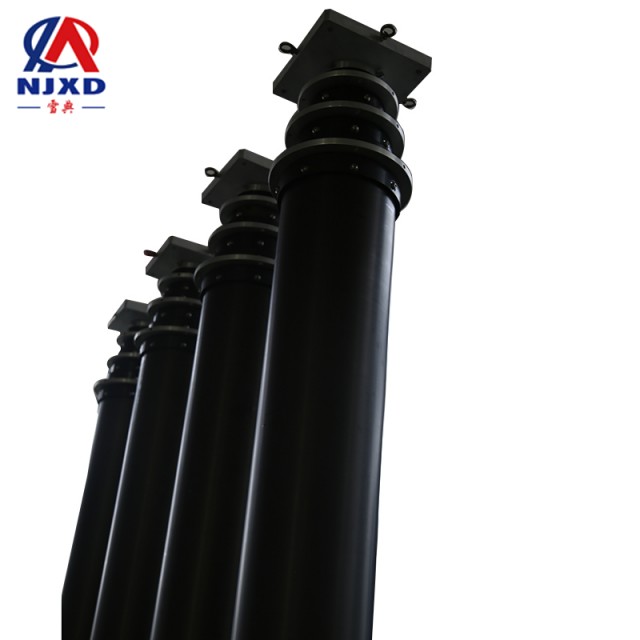
CATEGORY
NEWS
- The main problem of stainless steel, one of the lift rod materials
- Lift Rod difference between cylinder and electric actuator
- Drive motor protection and market Electric lifting bracket
- Influencing Factors and development process of stainless steel lift rod materials
- Basic knowledge of pneumatic lifting rod sealing technology